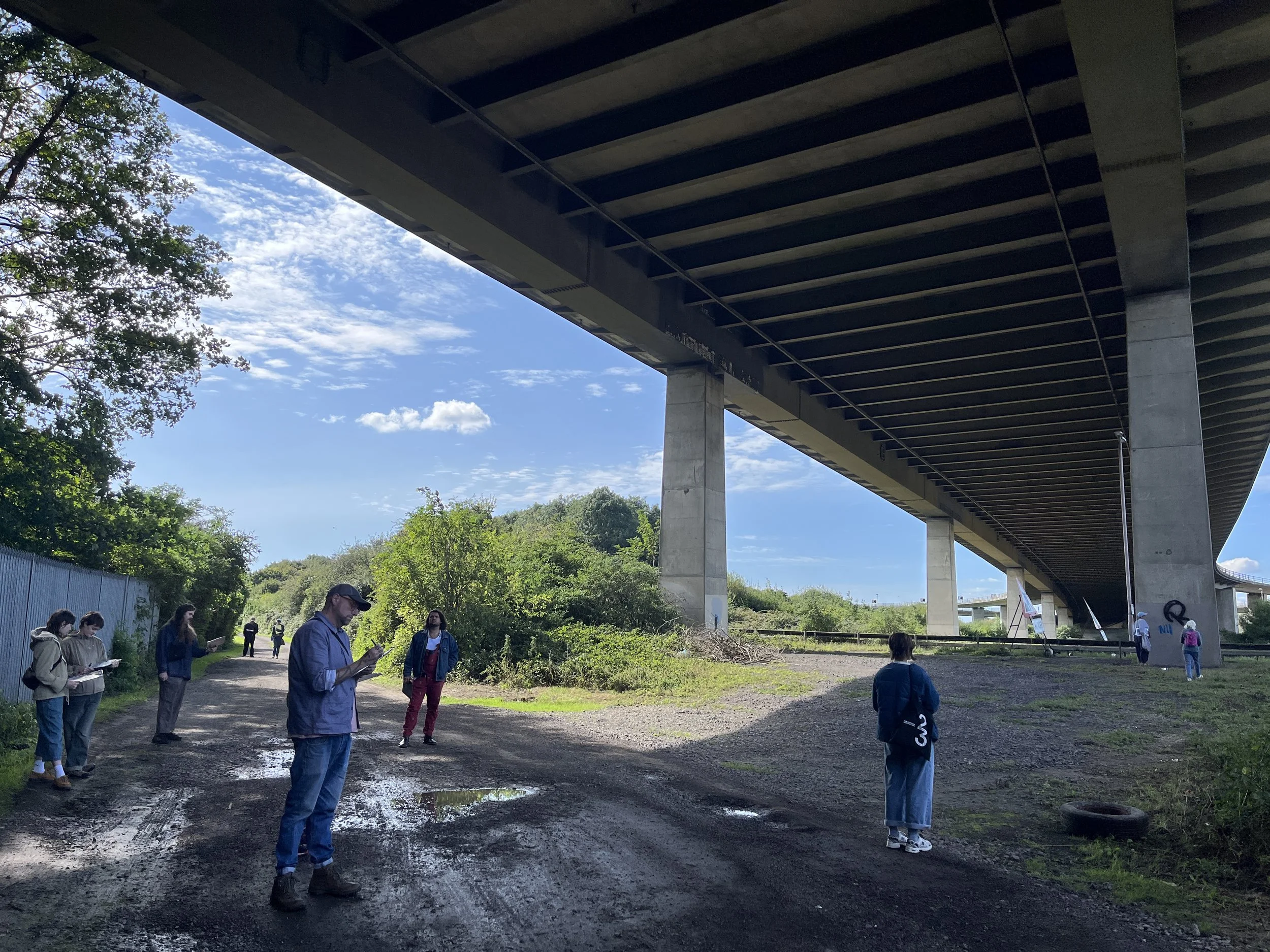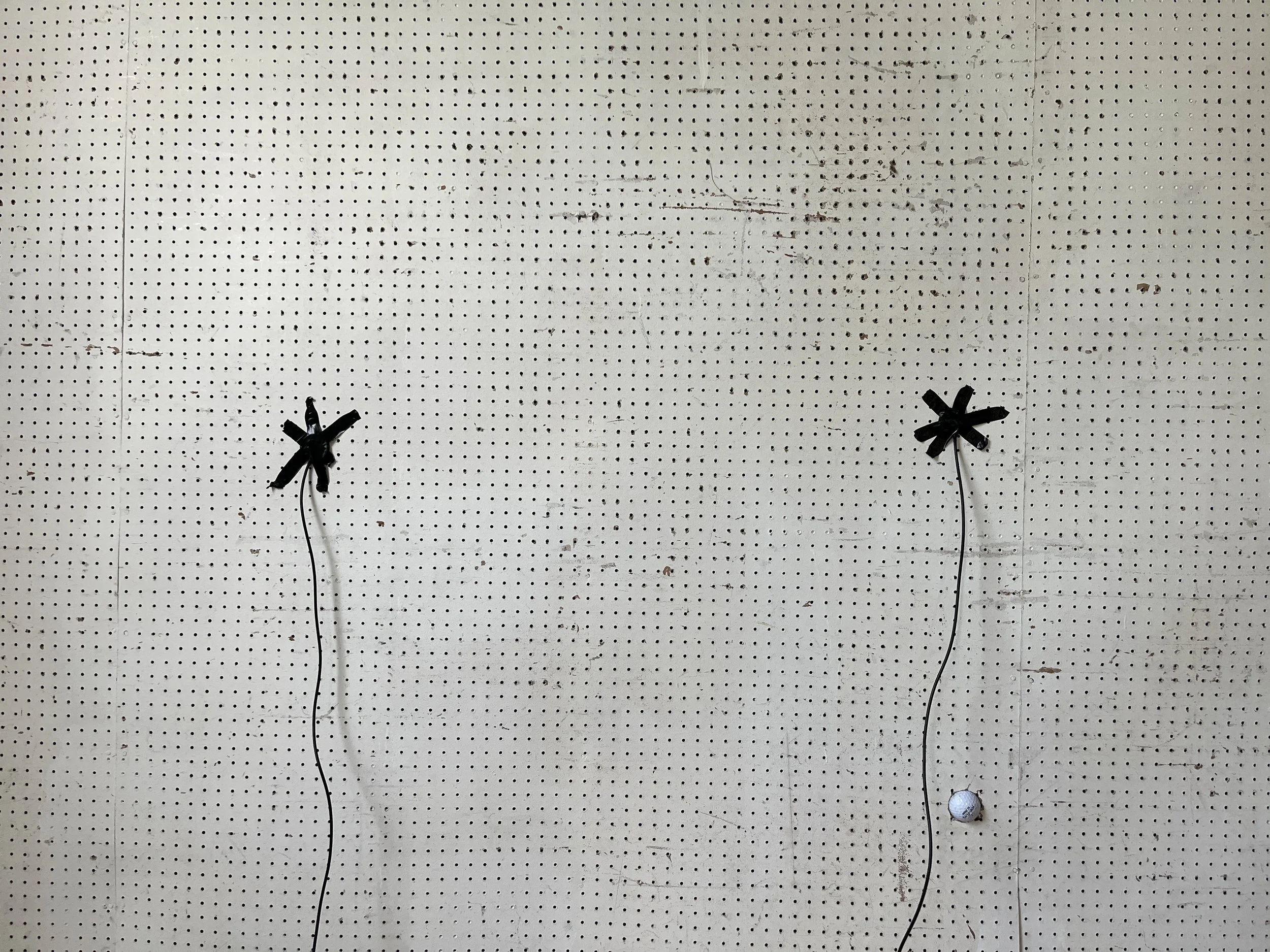I’m incredibly proud that the Neolithic Cannibals soundscape will be broadcast on Radiophrenia this year. I have a long history with the Glasgow based radio station, but sharing the work of young artists from the council estate where I grew up is really special. Those young artists can add arts radio station broadcast to their list of achievements alongside International Arts festival.
19/04/25 9.30 - 10.00am
Neolithic Cannibals is a socially engaged sound art project and exhibition from the young people of Whitehawk and East Brighton, and artist Simon James, who was born and raised in Whitehawk. As part of the Class Divide campaign for fairer education, the project confronted issues of stigma and what it means when we listen to the unheard and invisible. Textures, shapes and patterns derived from archaeological materials place the Neolithic Cannibals soundscape deeply within the heritage and history of Whitehawk in Brighton. The listening spans thousands of years, from Neolithic Flint Knapping to the early 20th century geophysical techniques used to discover Whitehawk Camp, and now the young artists from Whitehawk creating a contemporary artefact using the sounds of their environment. Communities connecting across thousands of years through listening.





























